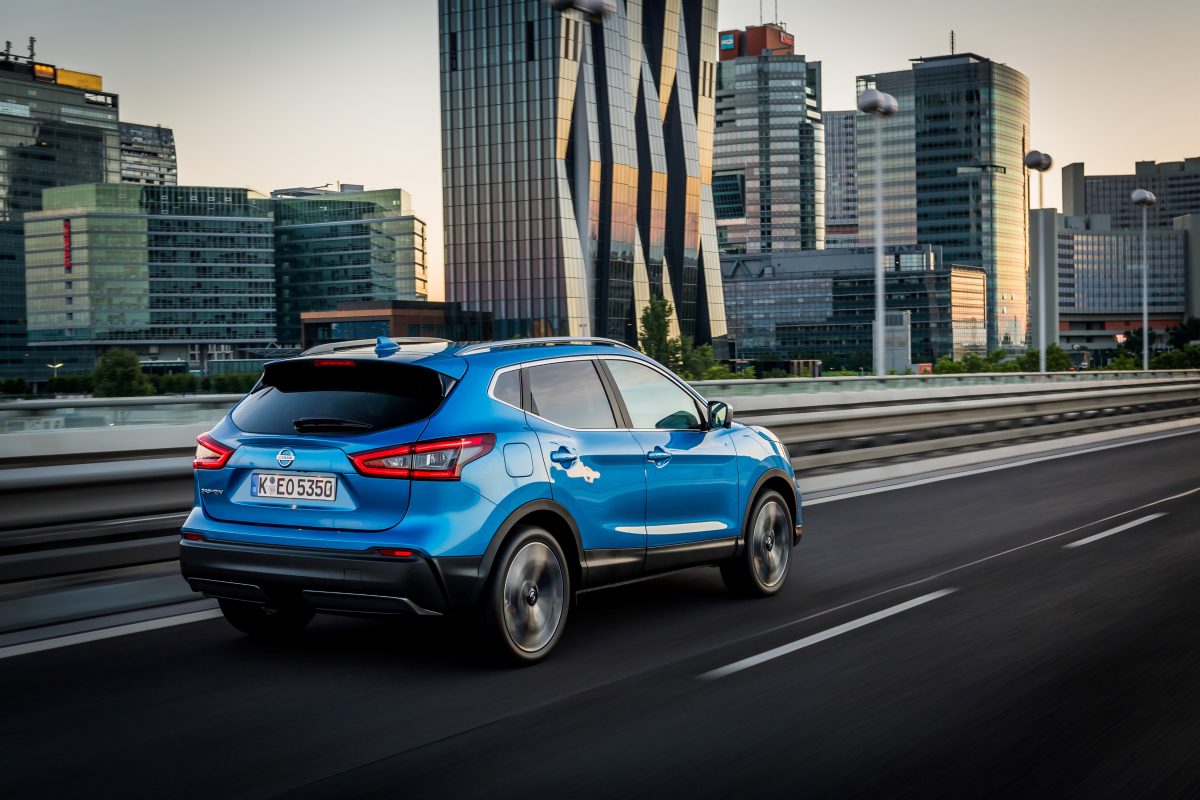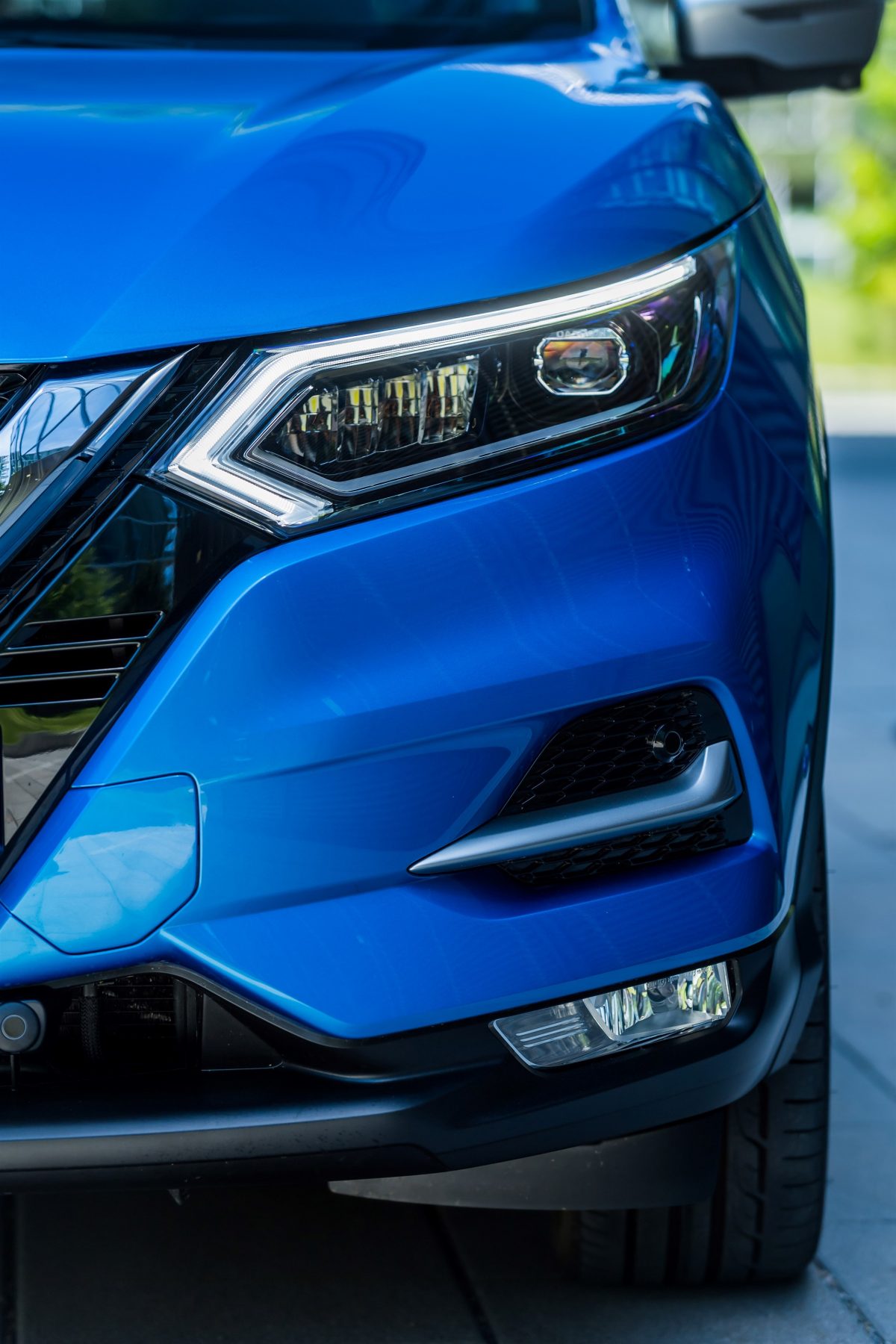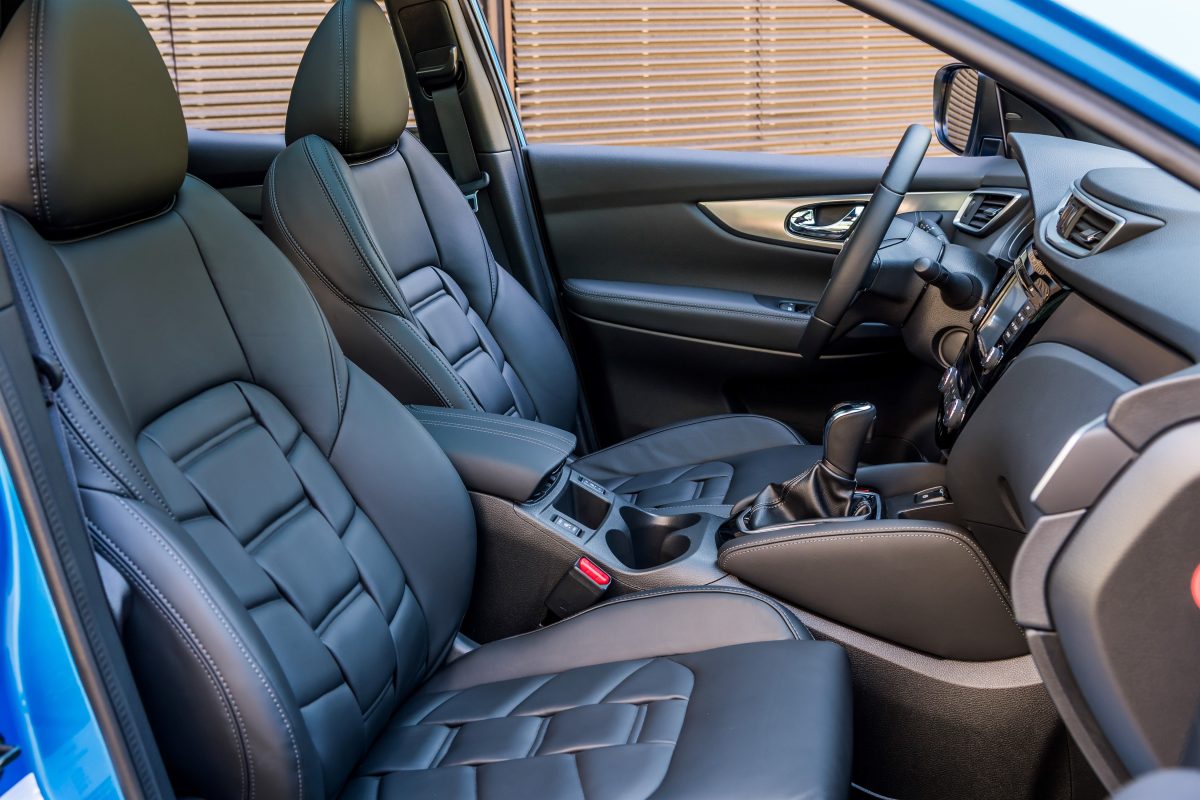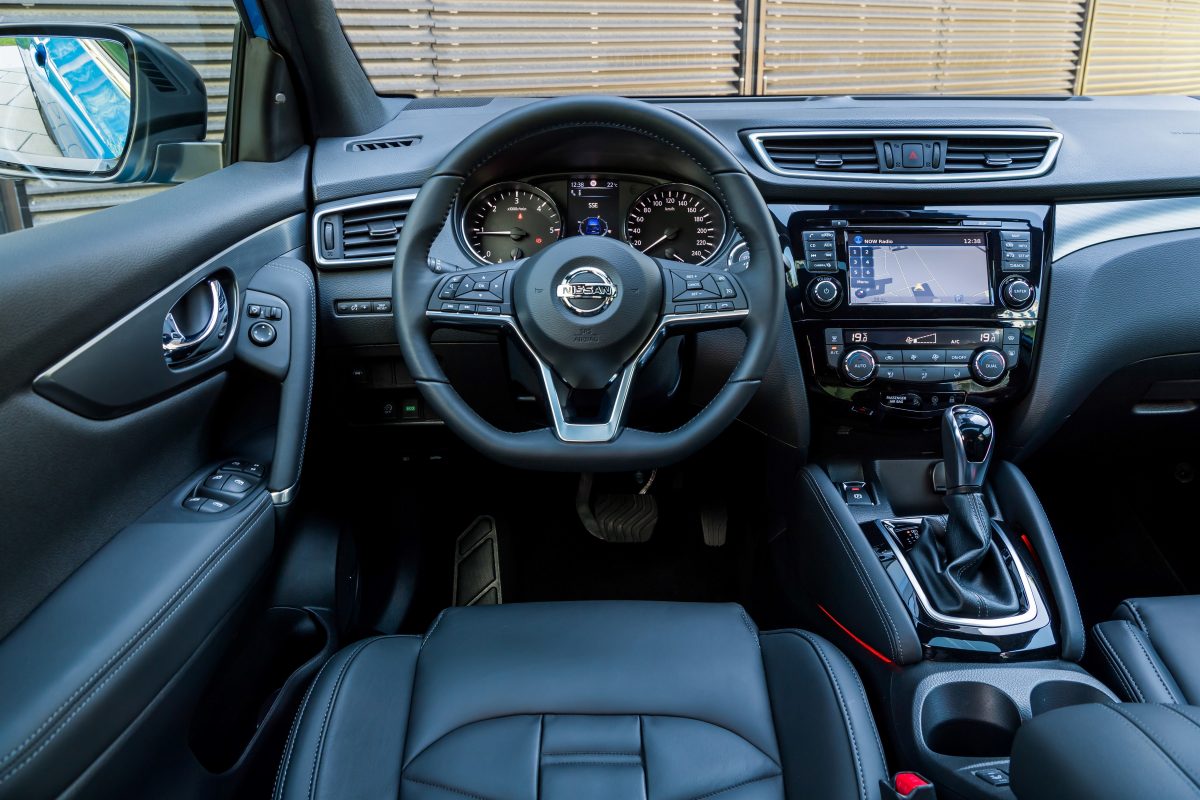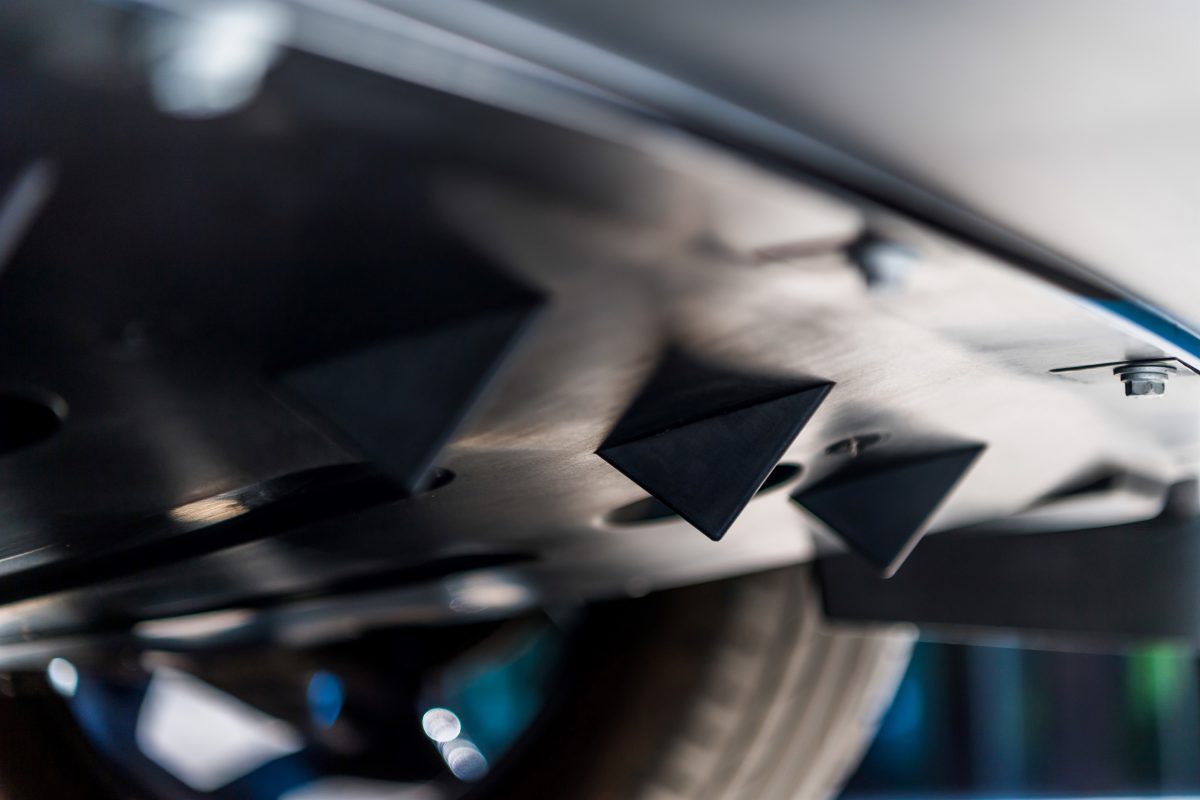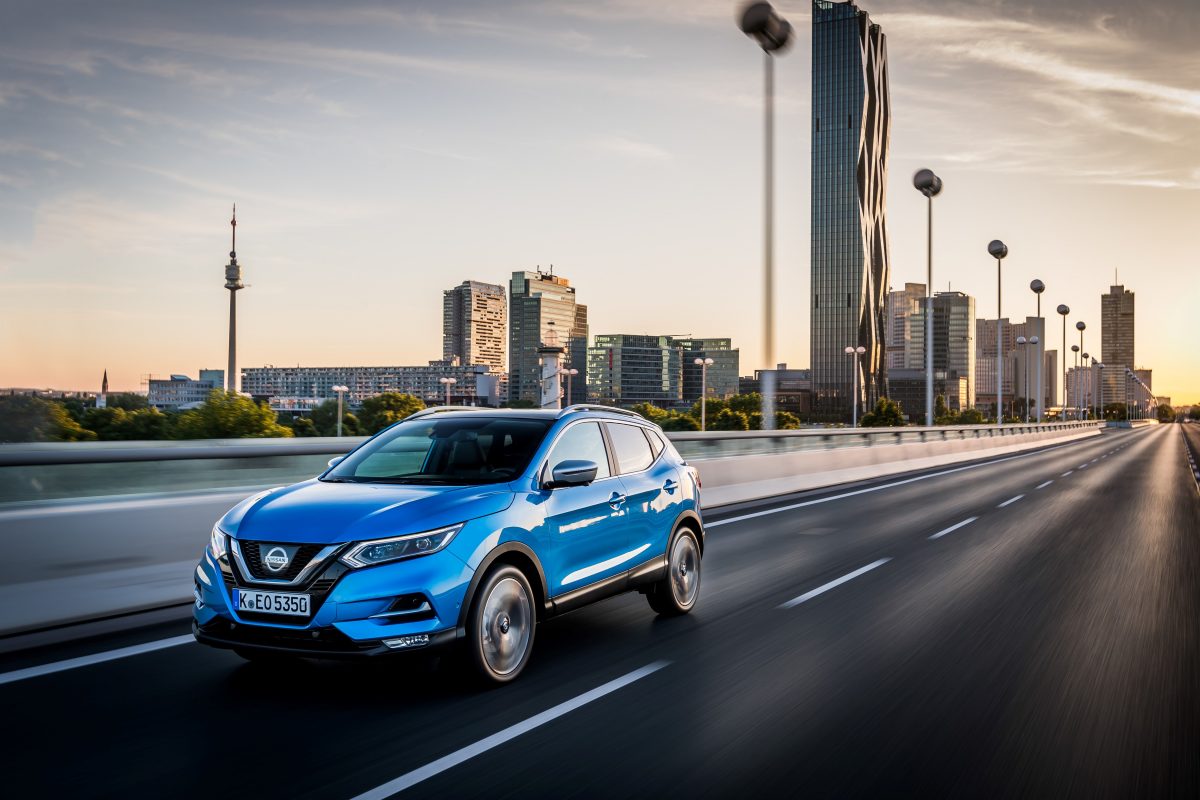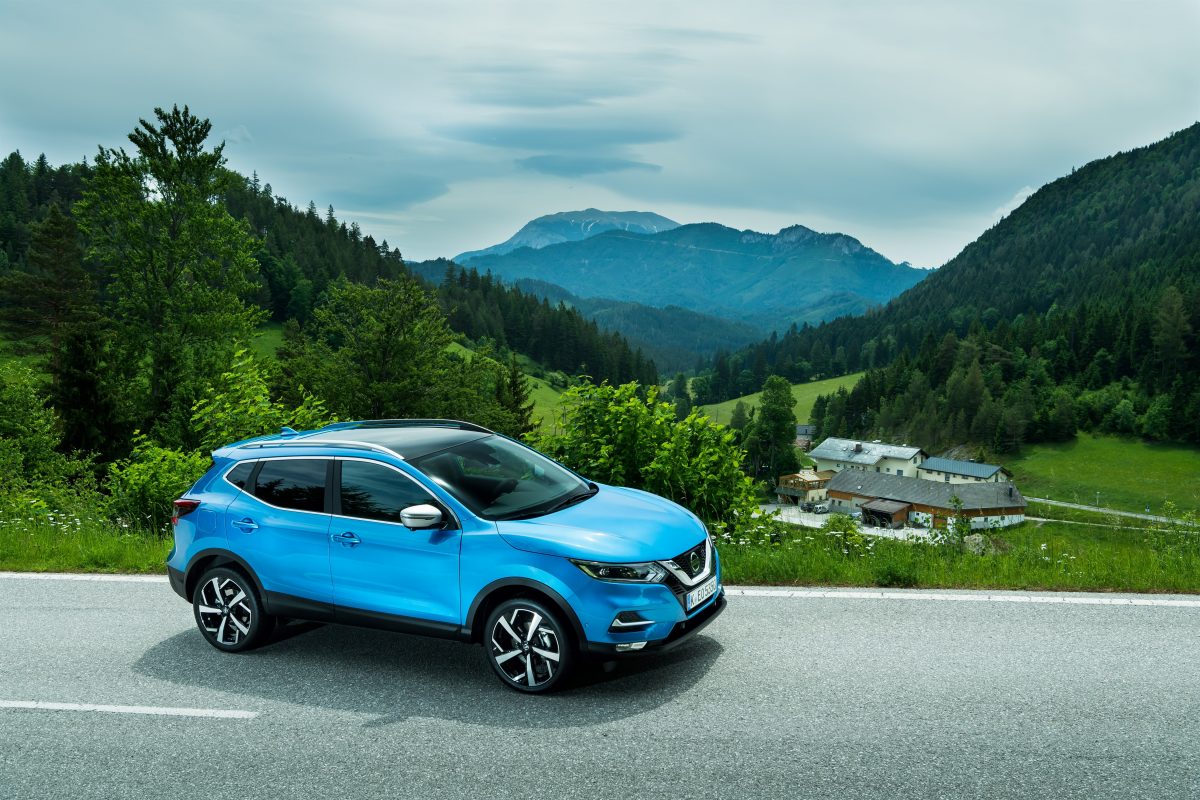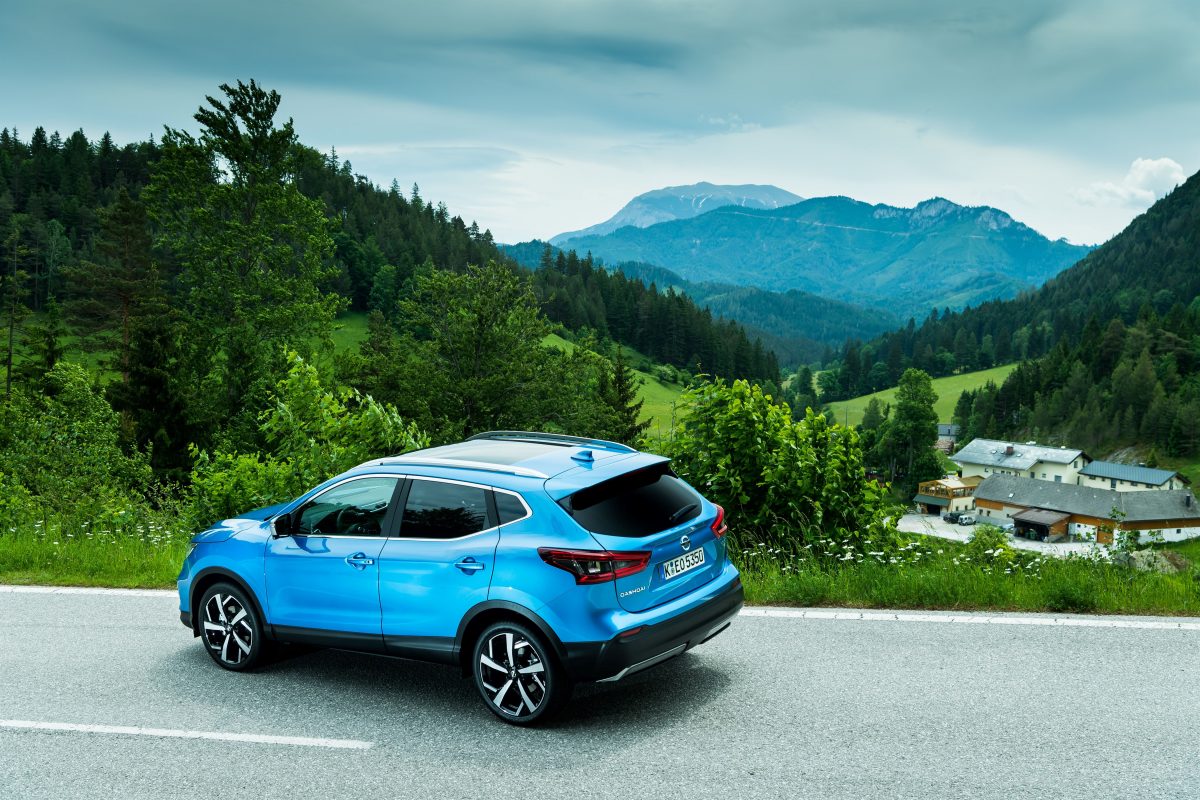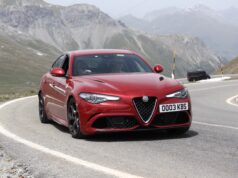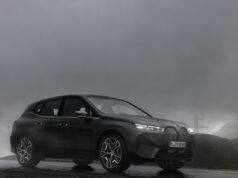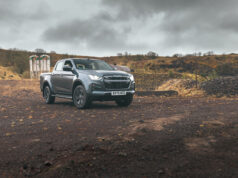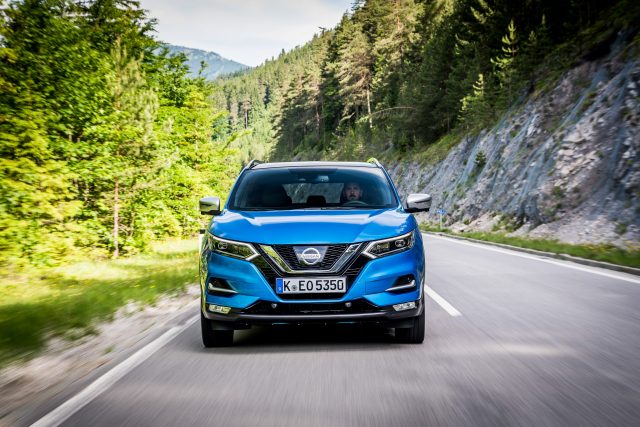
In life, we don’t always get things right the first time around, but thankfully there are always second chances to be had.
So it is with the Nissan Qashqai, a car that I really wasn’t a fan of when it first appeared on the roads in 2007. With a pretty bland appearance, it went straight on to the list of cars I’d class as A to B cars for people who just need a good value way of getting around. As it turns out though, Nissan stumbled on a sales success and practically invented a new segment of cars.
The Qashqai was created by the team who were to design and build the third generation Nissan Almera. When the plans and numbers didn’t stack up, management sent the team away to come up with a new concept. With a very short time to come up with a whole new car, the team looked at customer feedback and discovered that a lot of people wanted to own a four wheel drive car but they didn’t want the poor driving experience and high running costs.
This looks like being one of the best business decisions Nissan ever made. Qashqai sales have grown by 94% since 2007 with 507,436 units being built at Nissan’s Sunderland plant in 2016. Even more impressive is that the Qashqai still has 10.3% of compact SUV sales, is the third biggest selling car in the UK and now has 20 competitors in the same sector.
In the face of such staggering results and increased competition; how do you stay ahead? “Listen to customer feedback and improve on the bits that people asked us to” is the answer from Nissan.
Even though it’s not a whole new car, the 2017 Qashqai has seen improvement in a number of areas including looks, refinement, tech and driver engagement.
Although not a massive change, the revised styling of the front end of the Qashqai gives a huge improvement to its overall look and street cred. The non offensive, soft edged look has been replaced by Nissan’s ‘V-Motion grill’ which gives a much more purposeful appearance. How much of a difference this makes to the average family buyer, I don’t know, but I think it’s one of the best front ends in the segment. The optional full LED system just finishes off the look.
Moving inside the Qashqai and this is where we can see a lot more changes from the old car, the overarching theme of which is a lift in quality. Although not up to Audi levels (remember the starting price here!), hard plastics have been given a nicer finish and the seats have been gifted a much more premium leather with better bolstering. These were great for our few hours in the car and could certainly handle the extra grunt of any future Nismo model.
Adding to the increased levels of refinement, Nissan have given the new model a Bose 8 speaker system, better door seals and sound deadening, to reduce cabin noise, and a nifty under-car airflow setup. As airflow under cars is said to add massively to cabin noise, Nissan designed a vortex generator for the front splitter which stops air battering the underside of the car and cuts down on disruption inside the cabin.
What does all this mean when you get out on the road? The Qashqai is a very nice place to sit, and when cruising along motorways or NSL roads the cabin is very hushed compared to many of it’s rivals which Tartan Tarmac has tested recently.
As a nod to people who enjoy driving, Nissan have also made some improvements to the steering and suspension including; improved active ride control and improved steering centring. Having not driven the old car I can’t judge how much of an improvement this is, but handling is pretty much on par with the SEAT Ateca while still achieving a more comfortable ride.
Engine wise, you can have 1.2l and 1.6l petrol or 1.5l and 1.6l diesel options. How should you choose which to have? If you drive around town for 90% of the time then get the 1.2l petrol, if you do many, many miles per year then get the 1.6l diesel and if you enjoy driving for fun then get the 1.6l petrol engine. As for gearbox and 2/4WD, unless you’re used to an auto or need 4wd for towing then get the 2WD manual as this gives you the most Qashqai for your money.
The 1.6l petrol really is a good little engine, and with 163 BHP it can hustle the Qashqai down the road faster than I was expecting. It’s definitely a step up from the 1.4 TSI Volkswagen unit that I’ve tested in lots of competing cars recently. Of course, in another state of tune, this is the same unit you’ll find in the Juke Nismo RS and Renault Sport Clio, so it should be good.
We’ll hopefully get a longer UK test of the Qashqai later in the year, but my pick of the model range at the moment would be a Tekna+ 1.6 DIG-T 163 petrol with 2WD 6- speed manual. Although this has a OTR price of £29,250 (I’m sure there will be deals to be had) it’s still cheaper then lower spec diesels and includes pretty much every option, even full LED lights and the panoramic roof.
The Qashqai was a real surprise, the new look and improved refinement have given it a good chance of maintaining its lead at the top of the compact SUV market. It drives better than I was expecting and the cabin is of real quality, only slightly let down by a nav/infotainment system that’s not up there with the best on the market. Nissan’s only worry might be the imminent arrival of the Skoda Karoq with its lower starting price. Let battle commence.


